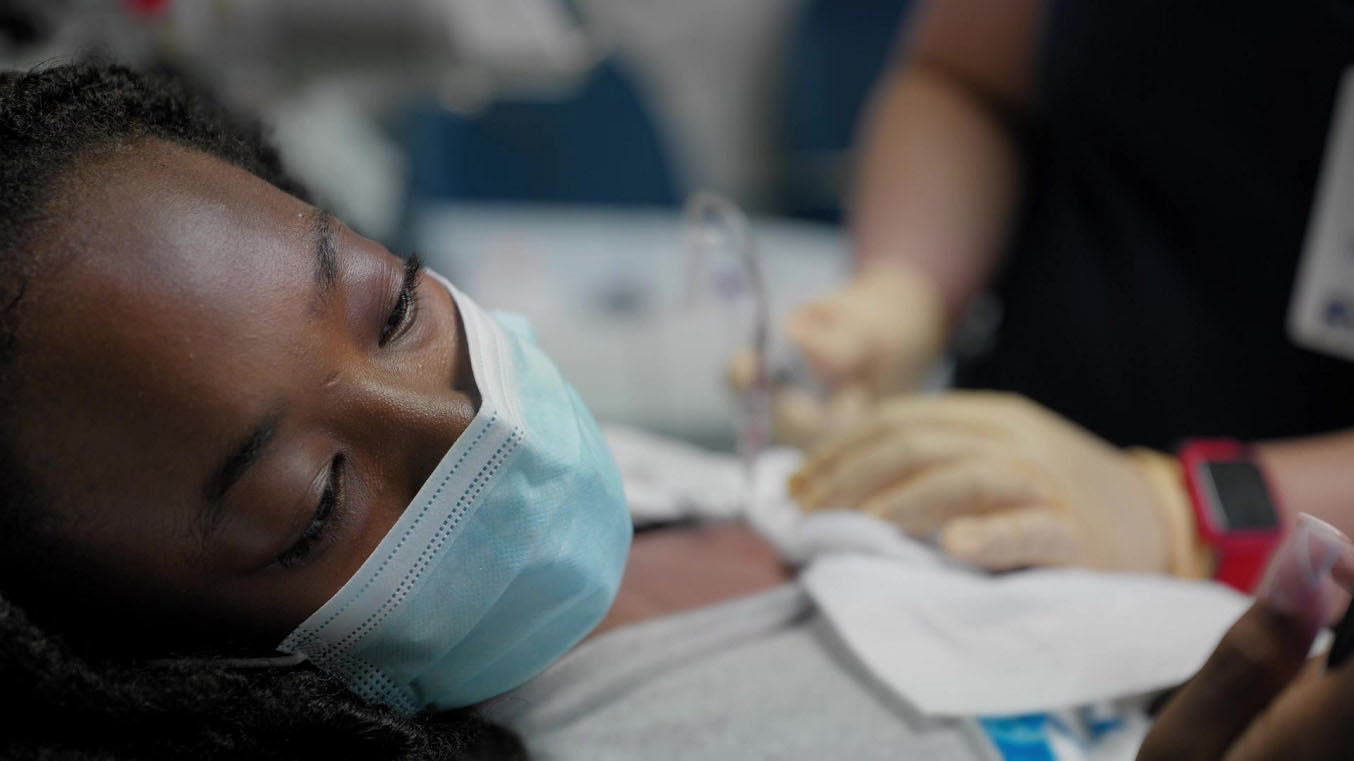A more precise way to search for prostate cancers
New fusion-guided prostate biopsy merges MRI and ultrasound to take the guesswork out of testing for prostate cancer
For men who undergo a biopsy for prostate cancer, it may come as a surprise to learn that the tiny samples of tissue the doctor removes for testing are based on an educated guess — where in the prostate that cancer is most likely to be lurking.
For that reason, a standard biopsy can miss some prostate cancers.
“I would describe it like the game of Battleship,” said Dr. Michael Liss, an assistant professor of urology at UT Health San Antonio who practices at University Health. “That’s kind of where you put the needle: A-1, A-2, B-1, B-2. The samples are taken from regions in the prostate like a grid. There’s no targeting of worrisome areas simply because they’re difficult to see with the standard ultrasound we use.”
A more precise method of prostate biopsy, called fusion-guided biopsy, is now available at University Health. And while it’s currently reserved for more complex cases, Dr. Liss is heading research studies to determine if fusion-guided biopsy might be worthwhile for a much broader group of patients.
The fusion technique begins with an MRI — a test that uses a strong magnetic field to produce clear computer images inside the body, and can more precisely locate abnormal cells in the prostate.
The fusion technology allows the doctor to merge those downloaded MRI images with the live ultrasound images routinely used during prostate biopsies, creating a three-dimensional live image on a monitor. That image allows the doctor to see exactly where those suspicious cells are during the procedure, and place the biopsy needle accordingly.
University Health recently acquired the technology at its Robert B. Green Campus. It is currently used for patients suspected of having prostate cancer, even though no cancer has been found after one or more standard biopsies.
“This tool allows me to be more accurate and more confident that we did not miss anything on their biopsy,” Dr. Liss said.
Two different research studies of fusion-guided biopsy are underway at University Health, Dr. Liss said. One study includes men who have opted to monitor their prostate cancer, rather than treat, and are due for another biopsy. The other is a study for men who have low PSA, or prostate-specific antigen, test scores, but other biomarkers that put them at high risk for prostate cancer.
For more information about these studies, call 210-567-0046.


